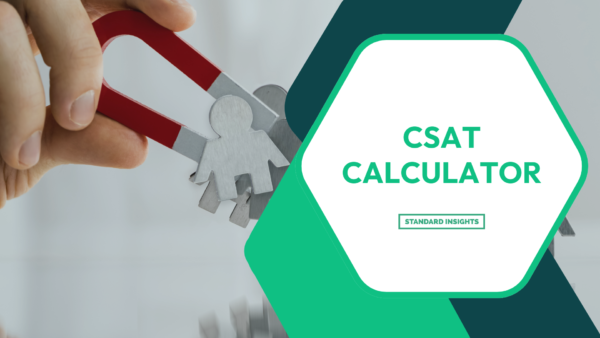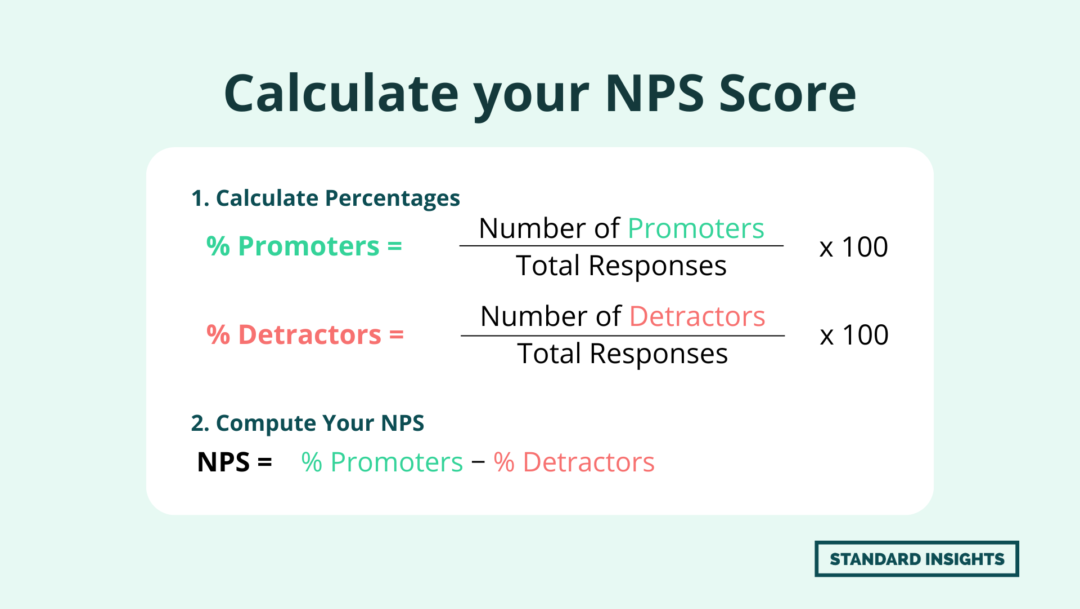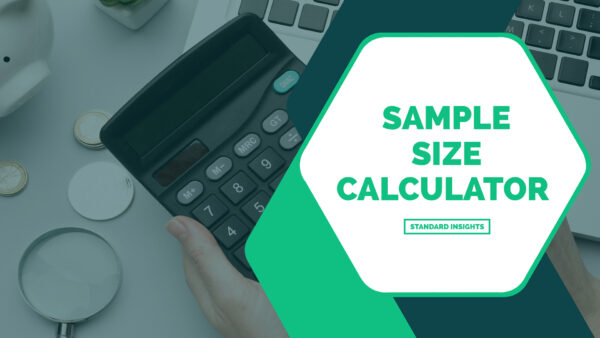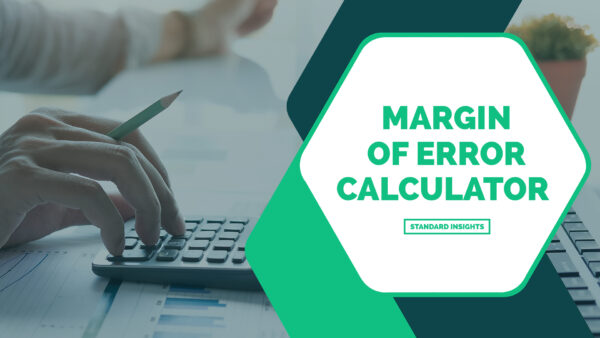
Instantly calculate your Customer Satisfaction Score (CSAT) based on satisfied, neutral, and dissatisfied responses.
Try our free NPS score calculator to understand how happy your customers are with your product or service.
Enter the number of respondents in the fields below:
Prefer another method? – Try our CSAT Calculator
Net Promoter Score and NPS are registered trademarks of Bain & Company, Inc., Fred Reichheld and Satmetrix Systems, Inc
A Net Promoter Score (NPS) is a customer loyalty metric that measures how likely your customers are to recommend your product or service to others. It’s based on a single question:
“On a scale of 0 to 10, how likely are you to recommend us to a friend or colleague?”
(Score 0–6)
(Score 7–8)
(Score 9–10)
Your NPS score ranges from -100 to +100 and provides insights into customer loyalty. Here’s what it means:
| NPS Range | Rating | What It Means |
|---|---|---|
| 70+ | World-Class | Exceptional customer loyalty. Customers are highly likely to recommend your brand. |
| 50–70 | Excellent | Strong customer satisfaction and loyalty. |
| 30–50 | Good | Solid performance, but there’s room for improvement. |
| 0–30 | Needs Improvement | Below average. Focus on addressing customer concerns. |
| Below 0 | Poor | Urgent action required. Many customers are dissatisfied. |
| Industry | Good NPS | Excellent NPS | Top Brands (NPS) |
|---|---|---|---|
| Technology | 40–60 | 60+ | Tesla (96), Apple (72) |
| Retail | 30–50 | 50+ | Amazon (69), Costco (77) |
| Financial Services | 20–40 | 40+ | USAA (75), Charles Schwab (70) |
| Healthcare | 30–50 | 50+ | Kaiser Permanente (68) |
| Hospitality | 30–50 | 50+ | Southwest Airlines (62) |
| Telecommunications | 20–40 | 40+ | Verizon (40), T-Mobile (50) |
Improving your Net Promoter Score (NPS) requires a focus on customer feedback and strategic actions.
Here’s a concise guide to help you boost your score:
Start by measuring your current NPS and tracking trends over time. Regular surveys will help you spot patterns and measure progress.
Unhappy customers can harm your reputation. Here’s how to turn them around:
Passives are satisfied but not loyal. Turn them into promoters by:
Promoters are your biggest advocates. Encourage them to:
Identify recurring issues in detractors’ feedback and fix them. For example, simplify a confusing checkout process.
Compare your NPS to industry averages and top-performing brands. For instance, if your NPS is 50 in retail, aim to match Amazon’s score of 69.
Follow up with customers to show you’ve acted on their feedback. For example, email them about improvements made based on their input.
Stay adaptable and invest in training to keep your NPS strategy effective.
A high NPS score isn’t just a number—it’s a key driver of business success. Here’s why:
Example:
Calculating your Net Promoter Score (NPS) is simple and straightforward. Follow these steps to measure your customer loyalty:
Ask your customers the NPS question:
“On a scale of 0 to 10, how likely are you to recommend our product/service to a friend or colleague?”
Based on their answers, group your customers into three categories:
To find your NPS score, first figure out the percentage of customers who are Promoters and the percentage who are Detractors. Then, subtract the percentage of Detractors from the percentage of Promoters. The result is your NPS score.

Learn how to deploy Net Promoter Score surveys to gauge customer loyalty and identify areas for improvement.
Create clear, unbiased surveys using the standard NPS question. Consider timing and channel selection.
Choose representative customer segments. Ensure adequate sample size for statistical significance.
Track trends over time. Segment responses by customer type, product line, or region.
Implement closed-loop feedback. Contact detractors within 48 hours. Thank promoters for their support.
Most companies measure NPS quarterly or bi-annually. However, the frequency can depend on your business type and customer interaction cycle. Regular measurement helps track trends and the impact of customer experience improvements.
Research shows a strong correlation between NPS and business growth. Companies with higher NPS typically experience 20% higher growth rates compared to competitors. This is because satisfied customers tend to spend more, stay longer, and refer others, creating a positive cycle of sustainable growth.
CSAT (Customer Satisfaction Score): Measures customer satisfaction with a specific interaction or product. It helps businesses understand how well they meet expectations at a particular point in time.
NPS (Net Promoter Score): Gauges overall customer loyalty and the likelihood that customers will recommend a company to others. NPS reflects long-term customer sentiment and their commitment to the brand.
Learn more about Customer Satisfaction and how to measure it using our CSAT Calculator.

Instantly calculate your Customer Satisfaction Score (CSAT) based on satisfied, neutral, and dissatisfied responses.

Quickly calculate the ideal sample size for your study based on confidence level, margin of error, and population size.

Easily determine the margin of error for your survey results using sample size, population, and confidence level.
Réservez une démo personnalisée avec notre équipe et recevez vos identifiants d'accès gratuits peu après.